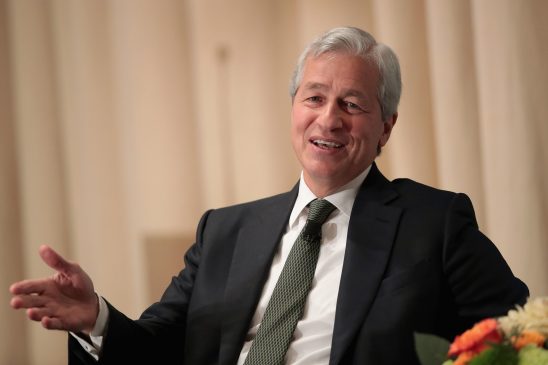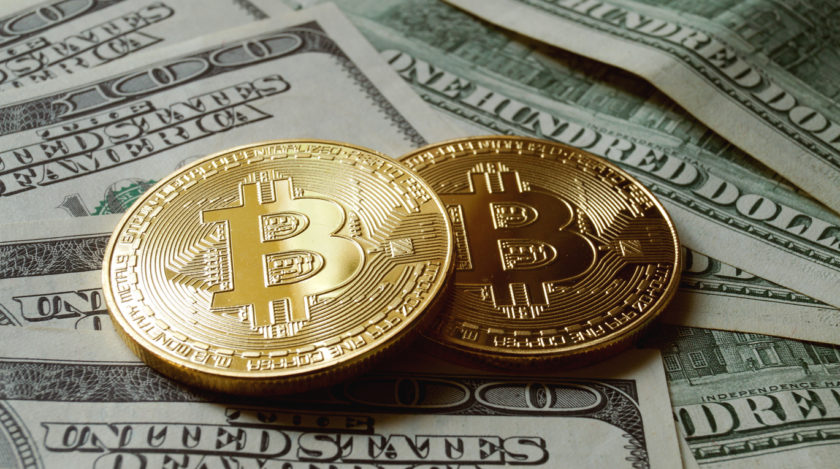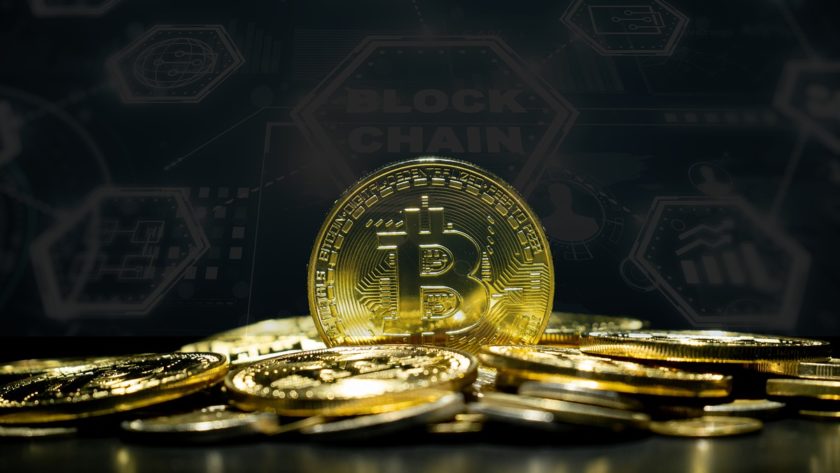The Chairman and CEO of JP Morgan Chase, Jamie Dimon, is once again on the spotlight due to his recent statements about Bitcoin (BTC). Speaking on Tuesday, October 30th, at the Axios conference in Lost Angeles, Dimon stated that he did not give a sh*t about Bitcoin after being asked why he changed his mind about the dominant crypto currency. His exact words were as follows:
I never changed what I said, I just regret having said it. I didn’t want to be the spokesman against bitcoin.
I don’t really give a sh*t, that’s the point, okay?
Blockchain is real, it’s technology, but bitcoin is not the same as a fiat currency.
Background of His Statement
Back in September 2017, he had vehemently declared that Bitcoin was a fraud that will ‘eventually blow up’. A few months later – and in January this year – he stated that he regretted calling BTC a fraud. His last statements in January had been taken by many crypto-enthusiasts to mean that he too was warming up to crypto. This theory was cemented by the fact that JP Morgan Chase was implementing a cryptocurrency strategy at the bank.
Bitcoin’s White Paper Turns 10 Years Old
Jamie Dimon’s recent comments were made coincidentally 10 years after the Bitcoin whitepaper was published by Satoshi Nakamoto. Ten years ago on the 31st of October, Satoshi released the ‘master thesis’ of Bitcoin that would become the foundation of the cryptocurrency industry that we are a part of right now.
Bitcoin’s Proof of Work (PoW) algorithm has proven to be the most successful consensus model, and I believe it is the best way forward for decentralized consensus systems. It provides a strong economic incentive for miners, while automatically adjusting difficulty to maintain long-term mining incentives. This PoW, based on Game Theory, provides the security that is fundamental to the vision of blockchain.
It is the best economic incentive as miners have to spend resources from outside the bitcoin system, and are rewarded from resources inside the system. Concurrently, due to the smaller block rewards and the higher stale block rate of Ethereum compared to Bitcoin, Ethereum needs at least 37 confirmations to match Bitcoin’s security levels. All of these elements combine to make Bitcoin a reliable and secure platform that will continue to thrive into the next 10 years.
Jose Luis Zamorano, from Starfish Network – a coworking community for blockchain companies – also had the following brief comments about the anniversary and the future of BTC:
After the crypto party at the end of 2017, 2018 has been a hangover year. Bitcoin is still far from mass adoption and 2018 will be remembered as a transition year.
But in 2019 we should see positive news from the SEC. The most important will be the approval of Bitcoin Exchange Traded Funds (ETFs) backed by Bitcoins, which would allow financial institutions to invest and HODL Bitcoin (unlike 2017 Futures) following regulation in a compliant manner.
The Federal Reserve Bank of San Francisco wrote on May 2018 an Economic Letter stating that ‘the rapid run-up and subsequent fall in the price after the introduction of futures does not appear to be a coincidence’ and ‘it is consistent with trading behavior that typically accompanies the introduction of futures markets for an asset’.
So the potential for the impact ETFs could have on the crypto market is huge. When it comes to the underlying technology of Bitcoin, I see the addition of Lightning Network to speed up transactions will have a major impact in 2019 and beyond.
What are your thoughts on Jamie Dimon’s remarks about Bitcoin? Please let us know in the comment section below.
[Image courtesy of Time.com]
Disclaimer: This article is not meant to give financial advice. Any opinion herein is purely the author’s and does not represent the opinion of Ethereum World News or any of its other writers. Please carry out your own research before investing in any of the numerous cryptocurrencies available. Thank you.




